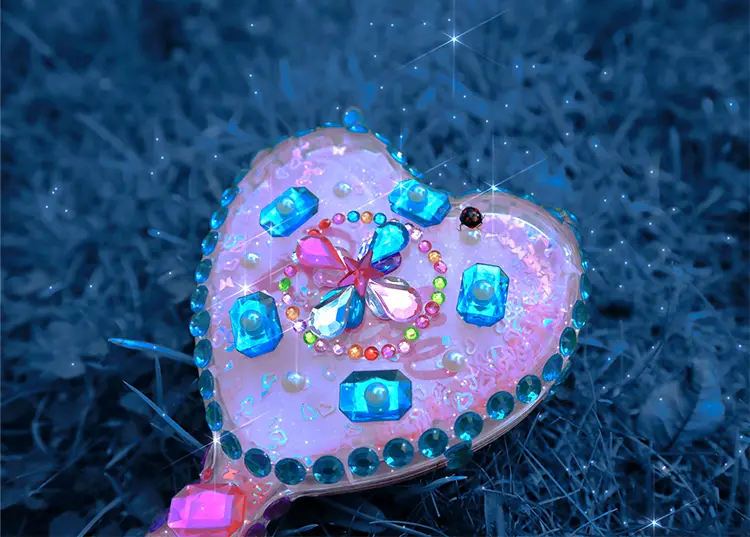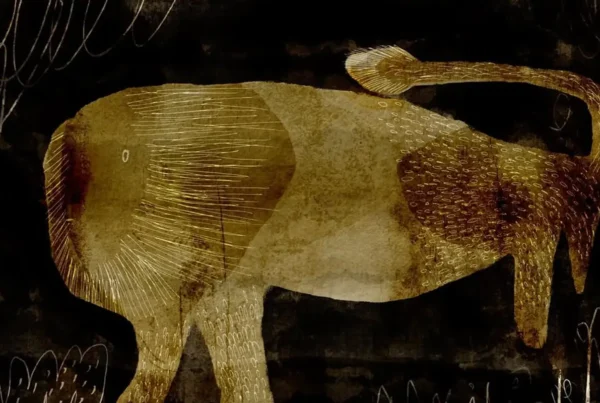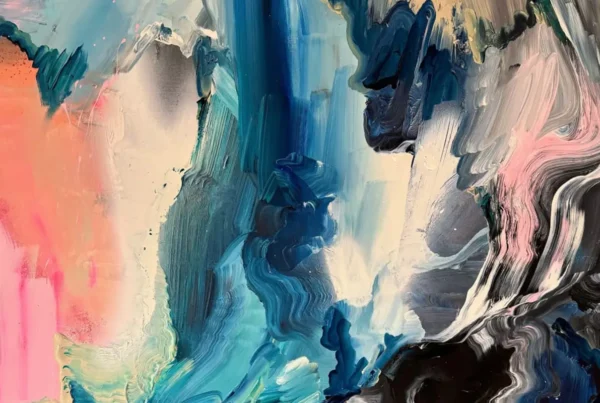“The way I think about art is as a bridge between imagination and lived reality.”
Speculation as Survival: Rethinking the Everyday Through Digital Storytelling
In a world increasingly dominated by technology and fractured narratives, Darious Shan stands out as a voice committed to interrogating the intersection of personal memory, speculative design, and emotional resonance. Currently pursuing her postgraduate studies in Creative Computing at the University of the Arts London (UAL), Shan’s work radiates from a unique nexus of design, narrative, and digital culture. Her academic trajectory, which began with an undergraduate degree in Interactive Media at the University of York, laid the foundation for her current artistic practice—one that questions, imagines, and reconstructs potential futures through an intimate lens.
Shan’s artistry is shaped by more than formal education. She is also a digital creator on TikTok under the username Darious’s vlog, where she explores a video style and aesthetic she refers to as woyoungism, a journalist producing book reviews, and a passionate photographer. These parallel pursuits converge to inform her distinctive artistic voice, blending the immediacy of digital culture with a reflective, often poetic engagement with design. Her background in media studies has equipped her with the tools to interrogate contemporary interfaces and cultural signifiers, while her immersion in storytelling enables her to reframe the mundane as speculative artefact. For Shan, creating art is not only about making objects but about building fictional systems in which those objects gain new layers of meaning.
This convergence is most visible in her commitment to narrative imagination. Shan’s practice centers around speculative storytelling, using design as a critical tool to reflect on potential social and technological shifts. Whether through app prototypes, conceptual photography, or object-based narratives, she crafts immersive experiences that prompt viewers to reassess the boundaries between fact and fiction. Her aesthetic is deeply influenced by fantasy and emotional symbolism, often borrowing from magical girl iconography and sci-fi tropes. Yet, rather than simply mimicking genre conventions, she recodes them to explore deeper questions about identity, memory, and survival.
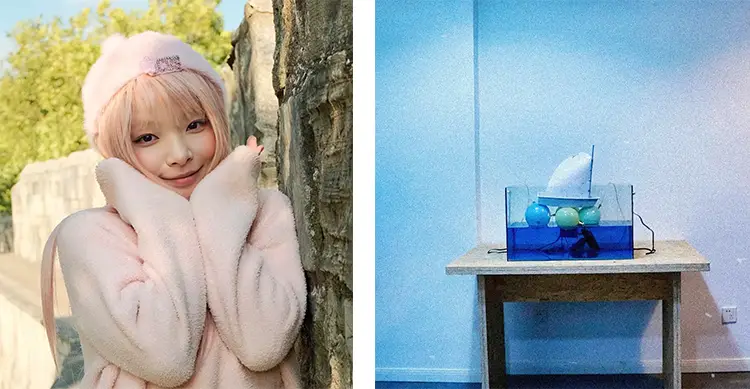
Darious Shan: Protective Artefacts from a Misremembered Future
Shan’s most evocative work to date, Light Shell: Earth Fantasy Series, encapsulates her ability to merge design speculation with cultural critique. This ongoing project explores how future societies, particularly on Mars, might reinterpret Earth’s cultural artefacts—specifically the private objects once carried by women. Prompted by a hypothetical scenario that imagines the consequences of long-term colonization, Shan asks what meaning these remnants would carry when stripped from their original context. The result is a poignant meditation on cultural amnesia, gendered survival, and the poetic misreading of the past.
Each object in the Light Shell series is designed as both a functional tool and a misunderstood relic. Drawing inspiration from camouflage in the animal kingdom, magical girl transformation sequences, and social media tropes like “What’s in my bag?”, Shan constructs artefacts such as combs, pendants, and bags that serve dual purposes. On one hand, they are speculative tools meant to shield their users from solar radiation and emotional estrangement; on the other, they are deeply symbolic vessels of emotional care and misinterpretation. Through mixed-media object photography and interface design, Shan introduces a speculative world where these items gain mythic status, not through functionality alone, but through the stories imagined around them.
The visual language of Light Shell is intentionally soft, iridescent, and magical—designed to draw viewers in before revealing its critical edge. Shan balances aesthetic seduction with conceptual density, ensuring that each element, no matter how fantastical, contributes to a larger inquiry into survival and cultural storytelling. Her use of digital media enhances this experience, as app prototypes and interface simulations expand the narrative space and allow audiences to envision themselves as participants in this future. The result is an artistic experience that is not only visually captivating but intellectually provocative.
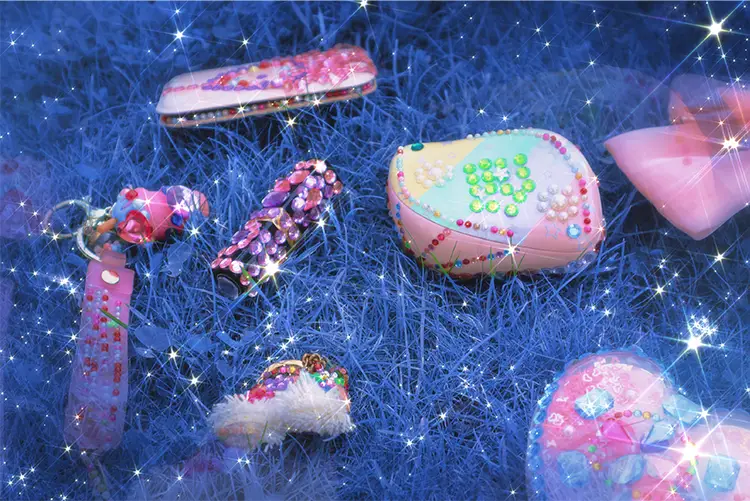
Coding Fiction: Designing for Feeling, Function, and Future Memory
Shan’s work is driven by an enduring question: how do we embed meaning into objects, and how might those meanings shift over time? Her approach to narrative design blurs traditional boundaries between art and prototype, fiction and functionality. In Light Shell, she resists the need for resolution or clarity, opting instead to construct artefacts that exist in a suspended state—part concept, part critique, part fantasy. These are not blueprints for actual products, but thought experiments that reflect our current anxieties about gender, technology, and emotional resilience.
What distinguishes Shan’s practice is her ability to combine speculative thinking with tactile design. Physical fabrication plays a crucial role in grounding her imaginative concepts. Each object is handcrafted and then digitally recontextualized through interface design, building a layered narrative that oscillates between physical and virtual space. Her references are varied and often playful—ranging from social media aesthetics to biological camouflage—but they are always used strategically. By rooting her speculative artefacts in recognizable cultural references, she invites viewers to enter her fictional world through familiar pathways.
Interactive design is central to this methodology. Rather than treating viewers as passive observers, Shan crafts digital interfaces that act as portals into the imagined futures she constructs. These elements serve not only to illustrate her concepts but to foster emotional and intellectual engagement. She uses digital media to bridge the gap between the material object and the audience’s imagination, encouraging users to participate in speculative thinking. For Shan, interaction is not a technical feature, but a philosophical one: a way to question how we interpret, misremember, and emotionally engage with the objects that shape our lives.
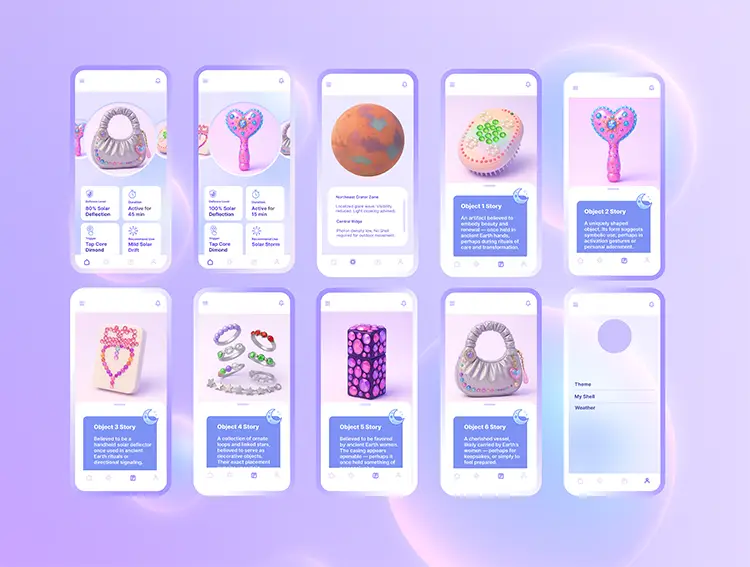
Darious Shan: Soft Futures, Critical Play, and the Aesthetics of Misreading
At the core of Shan’s artistic vision is a desire to provoke multiple modes of engagement—emotional, critical, and playful. Her projects are not didactic but inviting, encouraging viewers to project their own narratives onto the objects and systems she constructs. The gentle glow of her aesthetic choices, the layered symbolism of her artefacts, and the speculative interfaces she designs all converge to create a space of imaginative play. Within this space, visitors are not only allowed but encouraged to misread, reinterpret, and co-author the meaning of her work.
She views the Earth Fantasy artefacts as fictional objects that live somewhere between art installation and conceptual prototype. Their function is not to solve design problems, but to open up cultural and emotional inquiries. For instance, a mirror mistaken by Martian descendants for a solar navigation device becomes a metaphor for how meaning is distorted across time and context. This playful misreading becomes a tool for critical reflection, highlighting how assumptions about history, gender, and technology are constructed and perpetuated. Shan’s artefacts don’t just reflect imagined futures; they also reveal blind spots in the present.
As Shan looks ahead, her creative ambition remains focused on expanding the boundaries of critical and interactive design. Her current studies at UAL have strengthened her resolve to explore projects that unite physical and digital elements into unified narrative systems. She envisions future collaborations that stretch across disciplines—bringing together curators, designers, and storytellers to explore the narrative potential of digital objects. Through her continued practice, Shan aims to challenge audiences to rethink how we interpret the artefacts of our lives, and how future generations might one day misremember the truths we take for granted.
